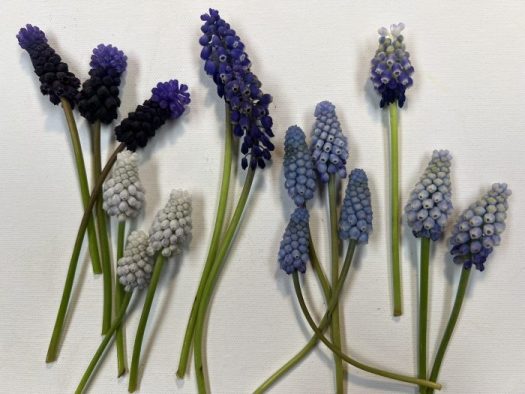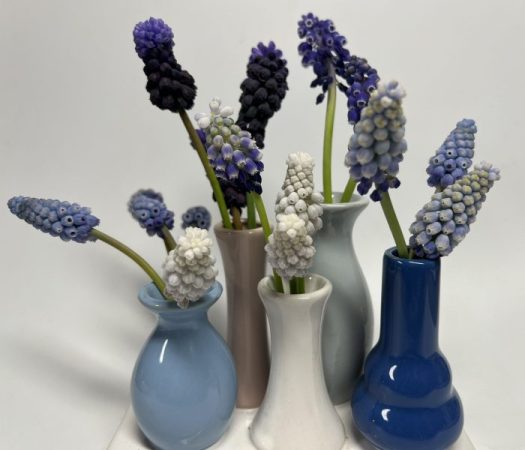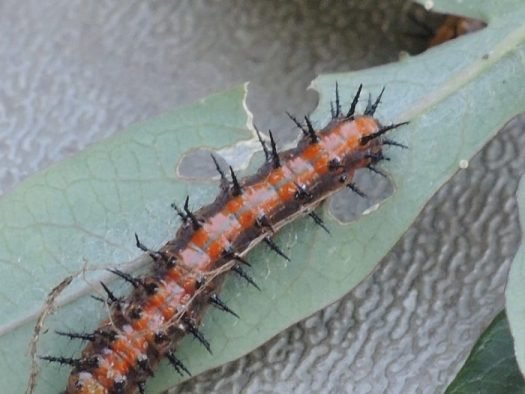grape hyacinth (Muscari armeniacum) is an early flowering perennial bulb of the daylily family (Liliaceae) native to southeastern Europe. Not a true hyacinth, the common name comes from the resemblance of the clusters of small, cobalt blue, bell-shaped flowers to inverted clusters of grapes. Grape hyacinth is hardy in zones 3 to 9.
Many people dismiss these common flowers because they thrive too easily, are too small, and easy to overlook. But planted en masse, they make a statement in the landscape and attract early flying pollinators. Planted under fruit trees, grape hyacinths can increase the likelihood that the trees will be pollinated by early foraging bees. My bees flock to them as soon as they bloom and it is an important source of early nectar for them. Although grape hyacinths are not native, they provide a valuable resource when there are not many flowers available.
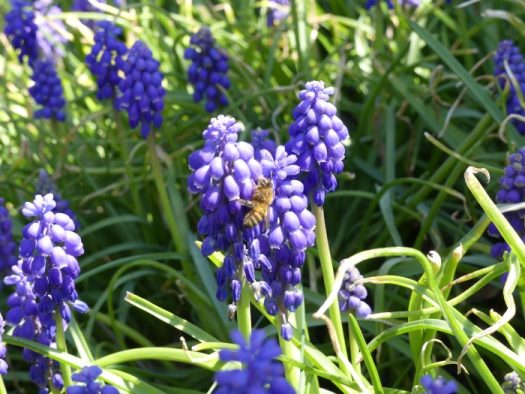
Emerging from the ground in spring, the long linear leaves are followed by flowers and the foliage dies back in early summer and disappears to emerge again in the fall. Lasting for many years, grape hyacinths multiply without any help and you will surely appreciate their appearance each spring by plucking a few flowers and bringing them indoors to enjoy.
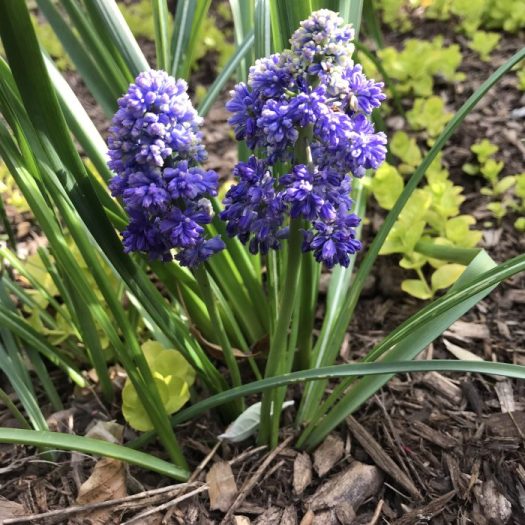
Each bulb produces one to three small, tightly packed flower stalks with grape-shaped clusters and, if you examine them closely, a white band borders the edge of the flowers.
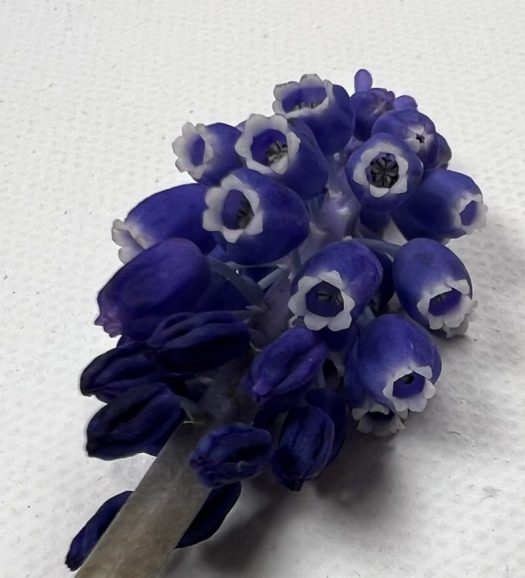
Excellent as cut flowers and for forcing, they naturalize easily and spread, even sowing into my lawn. Some people claim they are invasive, but I encourage propagating the bulbs because I love the cobalt blue flowers in the spring and, most importantly, the deer and rabbits leave them alone!
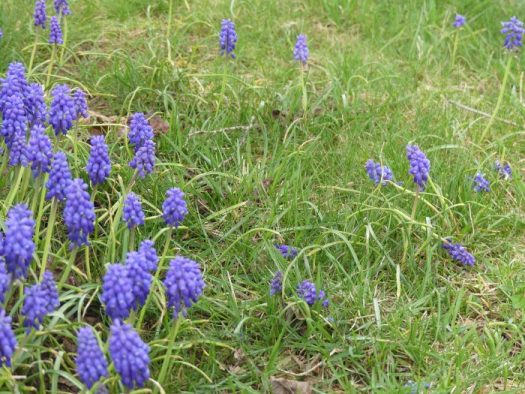
Good for planting in rock gardens and paths, the most famous planting is the ‘Blue River’ of grape hyacinths at Keukenhof in the Netherlands. Mixing it well with other bulbs, you can even populate your meadow with this tiny, beautiful bulb for a touch of blue.
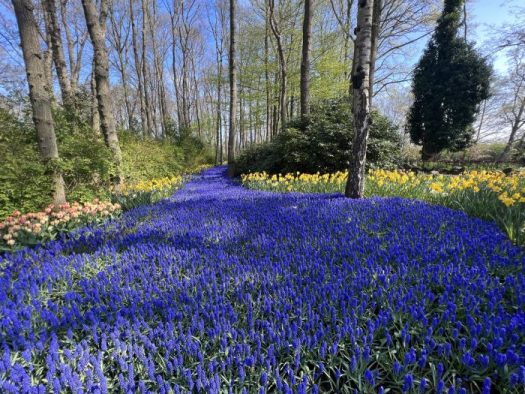
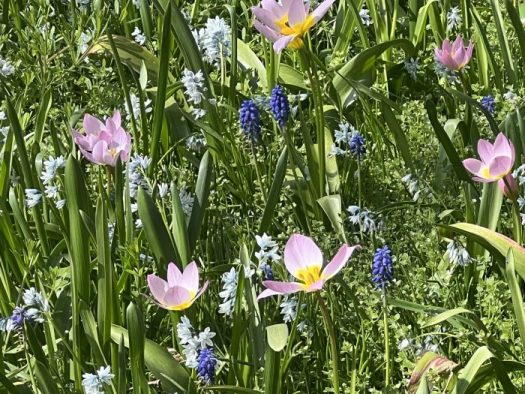
Inexpensive, you can scatter them with abandon wherever you want a first shot of color. Good in masses and loose mounds, grape hyacinths mix well with other spring bulbs such as crocuses and tulips; my favorite companion is the giant bellflower, Leucojum.
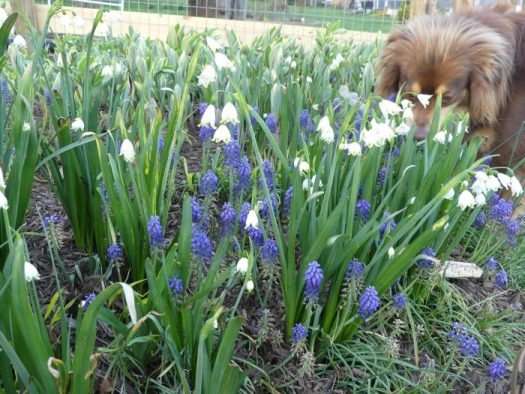
Grow grape hyacinth in well-drained soil in sun or shade: in sun for maximum flowering, in partial shade for longer-lasting flowering. Like daffodils, let the foliage photosynthesize after flowering to provide energy for bulb growth the following spring. Going dormant during the summer, the foliage will re-emerge in the fall.
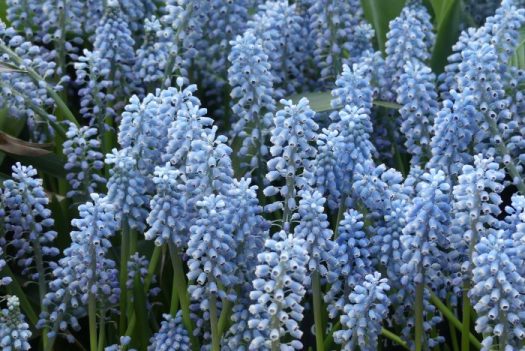
Grape hyacinths come in shades of purple, yellow, blue, and white and add a sweet grape bubblegum scent to your home when placed in a vase. Easy to grow in pots, I pack the bulbs into the pot, cover them with a couple of inches of potting soil, and place them in my cool, dark frame that has the light blocked with curtains. Staying hidden all winter, I took a look in early spring and the grape hyacinths emerged with their strap-like foliage.
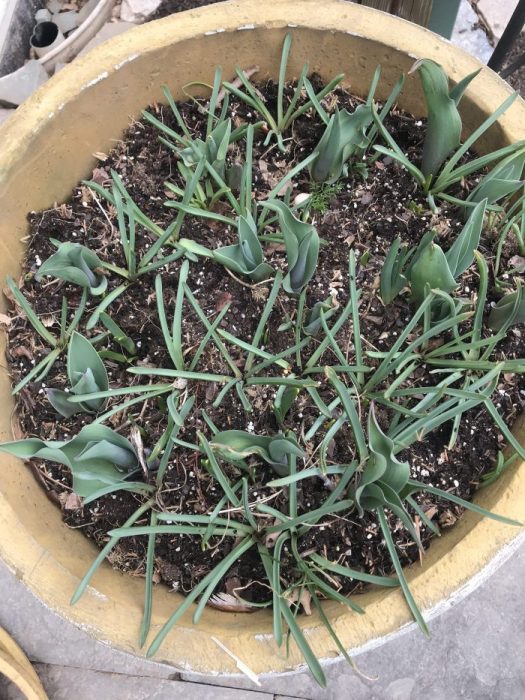
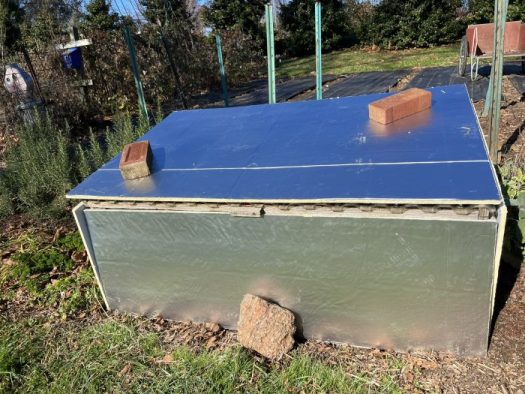
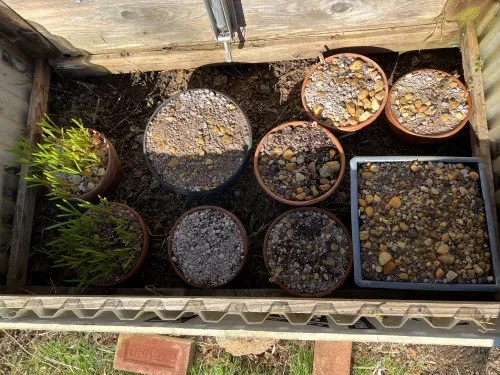
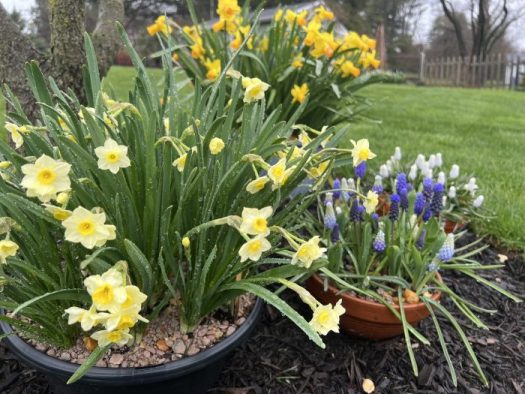
Most online sources have at least several varieties to choose from and Longfield Gardens I provided mine along with some mini daffodils. American Meadows also has a great selection.
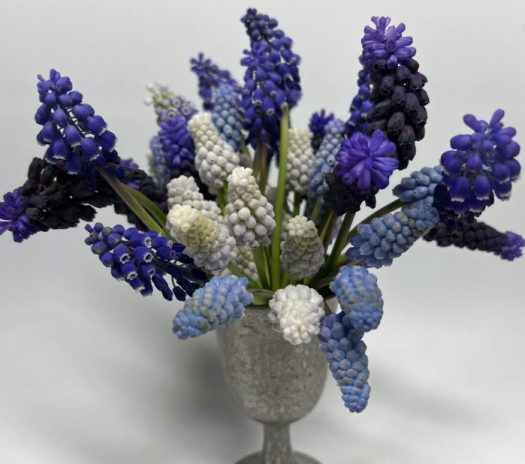
There are about 40 species of muscaribut only a few are widely available.
- M. azureum – has bright blue flowers that open wider than Armenian. This 4 to 6” tall species blooms in early spring. the variety M. azureum alba It has white flowers.
- METRO. Armenian ‘Fantasy Creation’: a double that is said to look like broccoli
- ‘Blue Spike’: Has flax-blue flowers with double florets on branching flower spikes.
- ‘Carneum’ – has pink flowers.
- ‘Cantab’ – has sky blue, lightly fragrant flowers and blooms a little later than the standard type.
- M. comosumor Tassel Hyacinth: Blooms in late spring, with purplish-brown flowers on 8- to 12-inch plants.
- M. latifolium – This native to the pine forests of Türkiye produces a single leaf from each bulb. It blooms in early spring with clusters of bicolor flowers that have pale blue florets above and dark blue-black florets below.
- ‘Superstar’: Has densely packed periwinkle blue florets edged with white, topped with a layer of paler florets.
